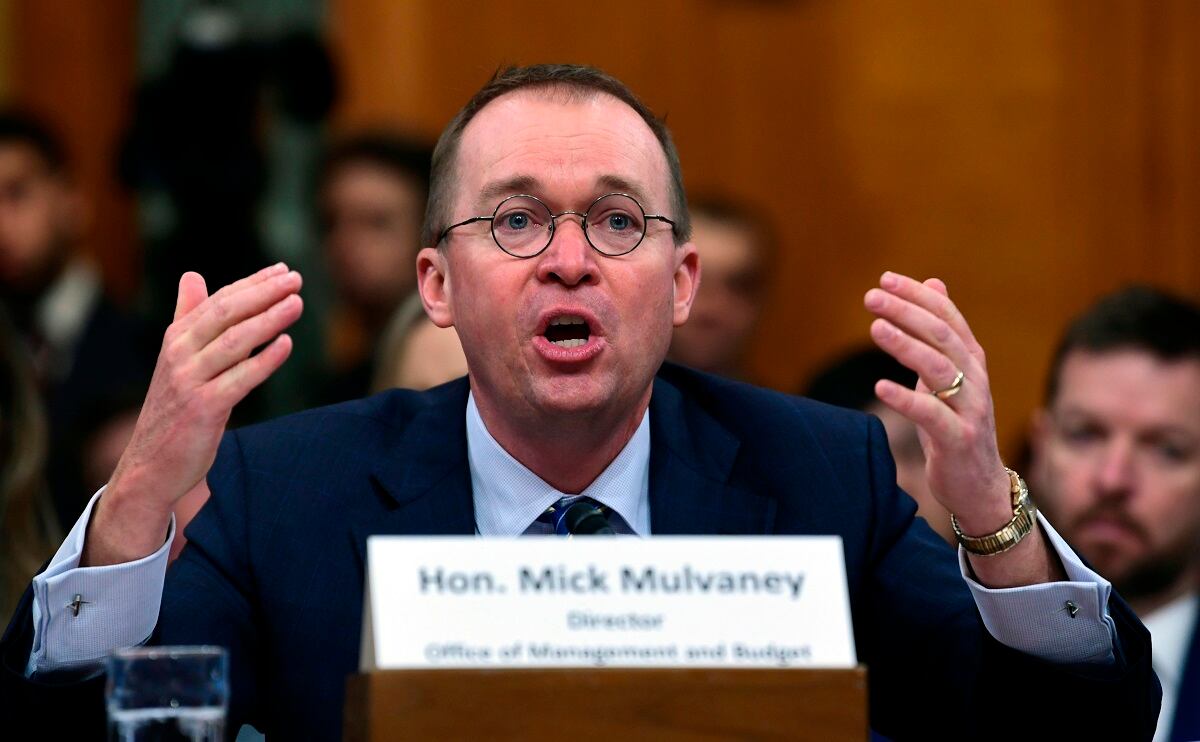The government reorganization plan released by the Trump administration in June included 34 proposals to change the functions and authorities of various government agencies. However, according to Deputy Director for Management at the Office of Management and Budget Margaret Weichert, who spoke July 18 before the Senate Committee on Homeland Security and Governmental Affairs, four of those items will most likely see the earliest movement forward.
Three of those four proposals — which include transferring background investigations to the Department of Defense, improving the cyber workforce, improving customer experience and establishing a Government Effectiveness Advanced Research Center — were already underway prior to the release of the reorganization plan.
The 2017 National Defense Authorization Act moved 70 percent of background investigations from the Office of Personnel Management to DoD, OPM has been pursuing an initiative to define the critical needs of the cyber workforce since January 2017, and the President’s Management Agenda prioritized the customer experience in agency modernization efforts.
In addition, according to Weichert, a request for information on the GEAR Center, which would create an innovation-seeking partnership between government researchers, academics, nonprofits and private industry, will be released in the coming weeks.
“There are, you know, a range of other really important topics that require deep consideration by Congress, and those need to — as you all have noted — they need to follow a process that allows appropriate deliberation,” said Weichert.
In total, Weichert said that there were about 10 to 12 proposals in the reorganization plan that probably wouldn’t need congressional approval, but that the administration would be evaluating the details of such proposals through the end of the summer.
Democratic members of the committee, however, bemoaned the lack of supporting data for the reorganization plan’s proposals, accusing the administration of stonewalling attempts to get at the rationale behind the proposals.
“In fact, what has been frustrating is we have repeatedly asked OMB about the data, about any cost benefit analyses that might exist, about the over 100,000 in public comments, timeliness and authorities. Just a simple question: tell us what you think you need in terms of legislation, tell us what you think you can do without legislation. We’re getting stonewalled. I mean, there has been an outright refusal to answer many of these questions,” said Sen. Claire McCaskill, D-Mo.
“That is not the way to get this started. If you want a willing partner — and I want to be one — then you’ve got to give me the information you’ve got. And if we’re not getting the information you’ve got, then this is not serious. It’s just not serious.”
RELATED

Weichert said that the administration did not want to release details until research and preparation had been completed for each official proposal, but committee members questioned how they were supposed to evaluate the merits of the current reorg plan without knowing the data and rationale behind each proposal.
“What I can commit to is that we are trying to be open and transparent at the appropriate time,” said Weichert, though she would not specify whether that would entail releasing all data and consideration details prior to any administrative-only action.
“If you think you can closely hold this and not share with us, then there's going to build up a level of distrust and build up a level of, ‘Why aren't they sharing? What is it they don't want us to know?’ I'm trying to give you solid, good advice,” said McCaskill.
Weichert added that the proposals themselves may also serve to spur improvements within federal agencies without Congress or the administration taking action on them, as the fear of expansive change could motivate individual employees or managers to make process improvements on their own.
Jessie Bur covers federal IT and management.
In Other News




